
New York’s extensive effort to combat “ghost cars” has reached a significant milestone, marking its 100th joint enforcement operation. This coordinated initiative, spearheaded by the Metropolitan Transportation Authority (MTA) in partnership with numerous regional law enforcement offices, targets vehicles that illegally operate with fake, altered, or covered license plates. The crackdown has not only led to the recovery of millions in unpaid tolls and fees but has also played a crucial role in enhancing public safety by removing thousands of dangerous vehicles from roadways.
The fight against these illicit vehicles extends far beyond simple toll evasion. Authorities emphasize that “ghost cars” are frequently unregistered, uninsured, stolen, or directly involved in more serious criminal activities, including hit-and-runs, robberies, and even shootings. This multi-faceted threat has galvanized a diverse coalition of state and city agencies to work together, demonstrating a unified front against those who exploit anonymity on the road.
This in-depth overview will explore the various dimensions of New York’s aggressive enforcement strategy. We will delve into the nature of ghost cars, the scale of the operations, the substantial financial and safety impacts, and the innovative technologies being deployed to outsmart evaders. The ongoing success of this task force underscores a commitment to accountability and safety for all New Yorkers.

1. **Defining the ‘Ghost Car’ Menace**“Ghost cars” refer to vehicles that operate on public roads with fake, altered, or obscured license plates, making them virtually untraceable by traffic cameras and toll readers. This practice allows drivers to evade tolls and avoid detection for various infractions. The MTA describes these as vehicles that “run around with fake, altered, or covered license plates,” a problem that had been noted and covered several times in the past. The initiative to tackle this issue began in March 2024, aiming to restore accountability on New York’s extensive network of bridges, tunnels, and roadways.
The proliferation of these untraceable vehicles poses a substantial challenge to law enforcement and transportation authorities. Drivers utilize a range of methods, from using counterfeit temporary paper plates — often appearing as though they were issued by out-of-state dealerships, making them difficult to verify — to employing sophisticated devices that can mask and unmask plates in seconds. The core intent behind these deceptive practices is to maintain anonymity, circumventing the legal and financial obligations associated with vehicle ownership and road usage.
Officials stress that the problem of ghost cars extends beyond financial losses from unpaid tolls. These vehicles often serve as a cloak of anonymity for individuals engaging in more serious criminal activities. The inability to identify and track these vehicles through standard enforcement means creates a significant loophole, enabling a spectrum of illegal behaviors that compromise the safety and security of the broader community. The MTA’s concerted efforts aim to close this loophole, ensuring that all vehicles on New York’s roads are properly identified and accounted for.
Read more about: Ukraine’s Latest Defense: Missile-Armed Crop Duster Takes Flight Against Drones

2. **A Landmark Achieved: The 100th Enforcement Operation**New York’s “war on ‘Ghost Cars’” reached a significant operational milestone with the completion of its 100th joint enforcement action. This landmark operation took place on a Tuesday at the Robert F. Kennedy Bridge in upper Manhattan, serving as a focal point for officials to highlight the comprehensive results of the city and state-led efforts. The 100 joint enforcement operations officially commenced on March 11, 2024, demonstrating a sustained and vigorous campaign against toll evaders and those using fraudulent plates.
The collaboration behind these operations is extensive, involving the Metropolitan Transportation Authority working alongside a dozen regional law enforcement offices. This multi-agency task force is designed to maximize reach and impact, ensuring a coordinated approach across different jurisdictions. The sheer volume of these operations — occurring approximately twice weekly since March 2024 — underscores the dedication of the participating agencies to tackle the pervasive issue of ghost cars systematically and consistently.
MTA Chair and CEO Janno Lieber underscored the critical nature of these continuous efforts, stating, “Public safety is the priority, and if you cover your plates, you will get caught and you will pay the price – not just the toll you evaded.” This sentiment was echoed by other officials, marking the 100th operation not just as a numerical achievement, but as a clear signal of ongoing commitment to public safety and law enforcement accountability on New York’s streets.
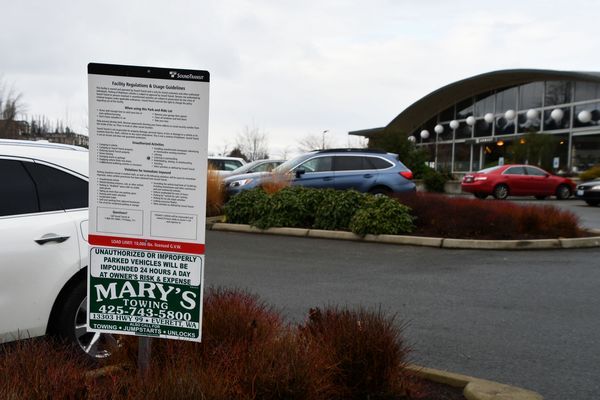
3. **The Scope of Enforcement: Thousands of Vehicles Towed**The ongoing crackdown on “ghost cars” has resulted in a substantial number of vehicles being removed from New York roadways. Since the task force began its operations in March 2024, a total of 5,343 drivers have had their vehicles stopped and towed. The primary reasons for these impoundments include suspended registrations, fraudulent, obstructed, or altered license plates, directly addressing the core issues associated with ghost cars.
The intensity of these enforcement efforts has remained high. In 2025 alone, the operations have led to 1,893 towed vehicles. This figure highlights the consistent pressure applied by the task force to identify and remove non-compliant vehicles. These towed vehicles represent a direct outcome of the targeted strategies employed by the MTA and its partners, reinforcing the message that illicit plate usage will not be tolerated.
Beyond vehicle impoundments, the enforcement actions have also generated a significant number of legal penalties. The MTA Police alone have issued 16,000 summonses year-to-date in 2025. Furthermore, authorities have confiscated 48 ghost plates in 2025 and a total of 126 since the program’s inception. These statistics collectively demonstrate the broad and tangible impact of the task force’s dedication to upholding traffic laws and ensuring road safety.

4. **Financial Recovery: Millions in Unpaid Tolls Recouped**One of the measurable successes of the “ghost car” crackdown has been the significant recovery of unpaid tolls and associated fees. In 2025 alone, these operations have resulted in the recovery of approximately $11.5 million. This substantial amount includes unpaid tolls, fines, judgments, and other debts owed to all task force partners, highlighting the extensive financial impact these illicit activities had on public transportation infrastructure.
The recovery of nearly $12 million in unpaid tolls and fees in 2025 stands as a testament to the effectiveness of the enforcement actions. This figure not only represents direct revenue for the MTA and other agencies but also underscores the scale of financial evasion that was previously occurring. By bringing these funds back, the task force helps ensure that resources are available for the maintenance and improvement of the region’s crucial bridges and tunnels.
Officials have consistently emphasized that these crackdowns are proving successful, directly linking the enforcement efforts to a reduction in toll losses. The recovered funds are a critical component of the overall success narrative, demonstrating a tangible return on the investment in increased enforcement. This financial accountability serves as a powerful deterrent to future toll evaders, reinforcing the message that attempting to shirk these responsibilities will ultimately result in significant penalties.

5. **Beyond Toll Evasion: Ghost Cars as Public Safety Threats**The implications of “ghost cars” extend far beyond mere financial evasion, posing a serious threat to public safety across New York. Officials are resolute in stating that these vehicles are often linked to a spectrum of more serious crimes. As MTA Chair and CEO Janno Lieber articulated, “We won’t tolerate bad actors using obscured and fraudulent license plates to avoid detection while committing crimes.” This highlights the dual challenge these vehicles present: avoiding tolls and enabling illicit activities.
Vehicles with ghost plates are frequently found to be unregistered, uninsured, or stolen, creating significant risks for other motorists and pedestrians. The anonymity afforded by altered plates also makes these cars attractive for use in various criminal endeavors. The context specifies that operators have used this “cloak of anonymity to commit more serious violent crimes, including hit-and-runs, robberies and shootings,” illustrating the severe public safety consequences that necessitate aggressive enforcement.
NYC Police Commissioner Jessica S. Tisch echoed these concerns, stating, “’Ghost cars’ aren’t just illegal – they are a public safety threat.” She further explained that since March 2024, the NYPD and its partners have actively worked to crack down on these untraceable cars, which are often employed to evade police and facilitate other crimes. This broad view of ghost cars as a public safety issue underscores the imperative behind the multi-agency task force’s sustained and robust operations.

6. **Technological Edge: Drones in the Fight Against Evaders**In a significant advancement for enforcement, MTA Bridges and Tunnels began deploying drones in 2024 to assist in revenue recovery and to identify “ghost cars.” These unmanned aerial vehicles serve as sophisticated “aerial license plate readers,” equipped to capture video footage of vehicles as they traverse through designated checkpoints. This innovative use of technology provides a new dimension to surveillance, extending the reach of traditional ground-based enforcement methods.
The drones are integrated into the existing License Plate Reader (LPR) system, which is preloaded with a database of license plates belonging to Persistent Toll Violators (PTVs) whose registrations have been suspended by the Department of Motor Vehicles (DMV). When a drone captures an image of a plate that matches a PTV in the system, it automatically feeds this video into the LPR system for analysis. This automated process allows for rapid identification of repeat offenders, enhancing the efficiency of the crackdown.
Upon detection of a PTV with a suspended registration, the LPR system immediately sends an alert to an officer in a nearby patrol car. This real-time information enables officers to quickly and effectively pull over the identified vehicle. The deployment of drones significantly augments the task force’s ability to locate and apprehend drivers attempting to evade tolls and other legal responsibilities, demonstrating a proactive approach to leveraging technology for public safety and revenue protection.

7. **Smart Surveillance: Mobile License Plate Reader Trailers**Complementing the drone technology, MTA Bridges and Tunnels also expanded its License Plate Reader (LPR) capabilities in 2023 through the introduction of mobile LPR trailers. These self-contained units are strategically deployed at various locations, including bridge and tunnel approaches and within the Congestion Relief Zone (CRZ). This mobile deployment maximizes the opportunities to identify and apprehend Persistent Toll Violators (PTVs) in real-time across a wider geographic area.
These mobile LPR trailers are designed to enhance surveillance flexibility and responsiveness. Their ability to be easily relocated allows enforcement teams to adapt to changing patterns of evasion and focus efforts on high-traffic or problem areas. By casting a broader net, the trailers contribute significantly to the task force’s goal of increasing accountability on New York’s roads and reducing the prevalence of obscured or fraudulent license plates.
Beyond their direct enforcement function, the information collected from these mobile LPR units plays a crucial role in data-driven decision-making. The collected data provides valuable insights into patterns and trends related to ghost car usage and toll evasion. This intelligence helps enforcement agencies refine their strategies, deploy resources more effectively, and anticipate future challenges, making the fight against ghost cars more proactive and adaptive.

8. **Interagency Collaboration: A Unified Front**The ongoing enforcement actions against “ghost cars” in New York are a testament to robust interagency collaboration. The Metropolitan Transportation Authority (MTA) spearheads this effort, working alongside a dozen regional law enforcement offices. This extensive multi-agency task force, comprising 16 different agencies, conducts operations approximately twice weekly. This sustained cooperation demonstrates a unified and coordinated approach across various jurisdictions, significantly enhancing the ability to maximize reach and impact against toll evaders and those using fraudulent plates.
Participating agencies extend across city and state levels, including the MTA Bridges and Tunnels (TBTA), MTA Police Department, New York Police Department (NYPD), New York State Police, and the Port Authority of New York and New Jersey Police Department. Other key partners are the NYC Sheriff, NYS Department of Environmental Conservation Police, NYC Business Integrity Commission, and the New York State Department of Motor Vehicles. Further critical support comes from the US Park Police, NYC Taxi and Limousine Commission, Suffolk County Sheriff’s Office, Suffolk County Police Department, Nassau County Police Department, Clarkstown NY Police Department, and Westchester County Police Department, all contributing resources to a powerful, shared mission for public safety.
Officials consistently praise the effectiveness of this cooperative model in fostering accountability and safety on the roads. MTA Bridges and Tunnels President Catherine Sheridan stated, “The coordination between B&T officers and our regional law enforcement partners has resulted in increased accountability on our roads.” Nassau County Police Department Commissioner Patrick J. Ryder emphasized that his department “has worked to help keep our streets safe” through this partnership. Similarly, Suffolk County Police Commissioner Kevin Catalina underscored the principle that “collaboration between law enforcement agencies is critical to effective policing,” affirming the combined impact of these diverse forces.
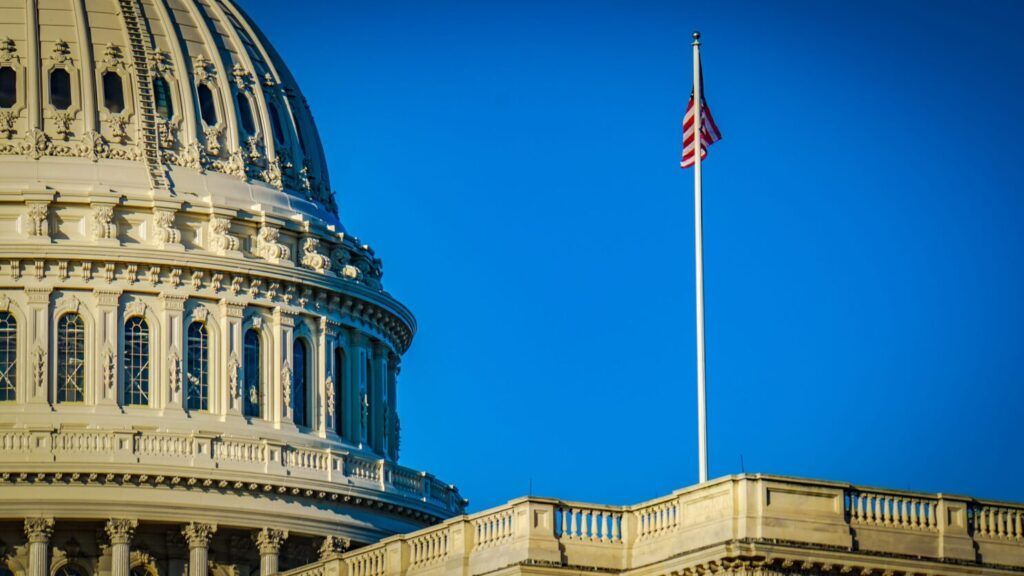
9. **Legislative Push: Strengthening Enforcement Powers**Despite the significant successes of the interagency task force, officials are actively advocating for legislative enhancements to bolster enforcement capabilities. Current laws often limit arrests to cases where drivers are directly observed with fake plates or possess outstanding warrants for other crimes. This limitation prompts calls for new legislation to provide authorities with more robust tools, enabling them to address the nuanced challenges posed by persistent toll violators and other related offenses more effectively.
Chief Felix Rivera of the Triborough Bridge and Tunnel Authority Police articulated a clear need for expanded legal recourse, stating, “We’re looking for other tools, such as those persistent tool violators that have the ability to execute judgments against their assets, their vehicles.” This proposal aims to empower enforcement agencies to target the financial assets of repeat offenders, making evasion less appealing and significantly more costly in the long run. Additionally, New York City Councilmember Bob Holden has called for further crackdowns on sophisticated devices used to obscure license plates, suggesting that individuals caught employing these mechanisms, which can mask and unmask plates in seconds, should face consequences such as losing their licenses.
In a proactive move to address these identified gaps, Governor Hochul secured key provisions within the FY 2025 final Budget agreement. These legislative changes include an increase in fines and penalties for driving with altered plates and a new prohibition on the sale or distribution of covers designed to obscure license plates. Furthermore, restrictions will be implemented on Department of Motor Vehicles registration transactions for vehicles with suspended registrations due to unpaid tolls or failure to remove plate-obscuring materials, effectively closing existing loopholes and strengthening the legal framework against evasion.

10. **Expanding Reach: Focus on Congestion Relief Zones**The task force’s critical mission has notably expanded to encompass enforcement challenges associated with New York City’s Congestion Relief Zone (CRZ). Since the launch of congestion pricing in January 2025, enforcement operations have strategically targeted vehicles committing violations specifically within and around the CRZ. This expansion is designed to ensure strict compliance in these newly designated areas, which are established to alleviate urban traffic and significantly enhance overall mobility within the city. Ensuring integrity in these zones is paramount for the effectiveness of the pricing initiative.
To date, dedicated CRZ operations have already been conducted 11 times, demonstrating a concentrated effort to establish accountability. These operations have directly resulted in the towing of 97 vehicles found in violation within the zone. This focused enforcement underscores the authorities’ unwavering commitment to preventing a new wave of toll evasion in these critical areas, particularly as congestion pricing is set to take full effect on June 30, pending the resolution of ongoing legal challenges. This proactive stance aims to establish clear and immediate accountability from the outset of the program.
Supporting this expanded focus, the deployment of mobile License Plate Reader (LPR) trailers plays a crucial role in surveillance within the CRZ. These versatile and easily relocatable units are strategically positioned at bridge and tunnel approaches and throughout the Congestion Relief Zone, maximizing opportunities to identify and apprehend Persistent Toll Violators. This integrated strategy ensures that advanced surveillance capabilities are leveraged precisely where they are most needed to maintain the integrity of the congestion pricing system, deterring evaders from exploiting this new urban mobility initiative.
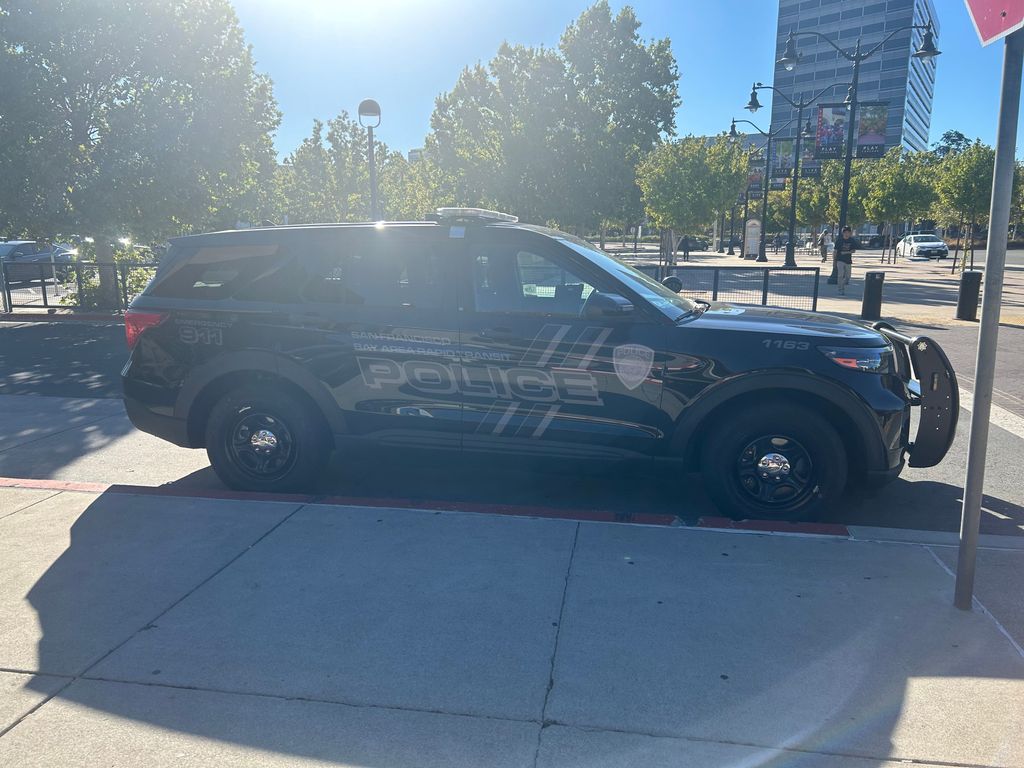
11. **Case Files: Notable Arrests and Seizures**The multi-agency crackdown on ghost cars has led to numerous notable arrests and significant seizures, consistently illustrating the broader criminal activity often associated with these illicit vehicles. In one compelling instance on April 13, 2025, MTAPD officers, leveraging live GPS locations, successfully intercepted a stolen vehicle that was being pursued by Westchester County Police as it headed towards the Throgs Neck Bridge. The driver was subsequently found in possession of crack cocaine, faced multiple outstanding warrants out of New Jersey, and was confirmed to have been caught on video stealing the vehicle from Newark Airport, underscoring a pattern of serious criminal behavior.
Another impactful operation unfolded on June 24, 2025, on the Bronx Whitestone Bridge. During this enforcement, MTAPD officers received an immediate alert for a stolen license plate. When they attempted a traffic stop, the vehicle initially fled, ultimately crashing into another car. Officers swiftly pursued the driver on foot, successfully apprehending him. Further investigation revealed that the vehicle had been reported stolen, and the driver was found to be in possession of a loaded firearm and a large quantity of marijuana, highlighting the dangerous nature of these encounters for law enforcement personnel.
Additional examples include a New York State Trooper stopping a vehicle with tinted windows and no front license plate at the Queens Midtown Tunnel. The driver was unable to provide a license, registration, or proof of insurance, and a check of the license plate revealed it belonged to a different vehicle, with the driver’s learner’s permit also suspended. A subsequent search of the vehicle uncovered three bags of narcotics, leading to charges for criminal possession of a controlled substance. Similarly, during a May 2, 2024 enforcement on the Willis Avenue Bridge, a New York State Trooper stopped a vehicle with an altered Georgia temporary tag and forged Public VINs, which was confirmed to have been reported stolen days earlier, resulting in the driver’s immediate arrest. These specific cases collectively underscore that ghost cars are frequently employed in connection with, or as a means to facilitate, more serious crimes.
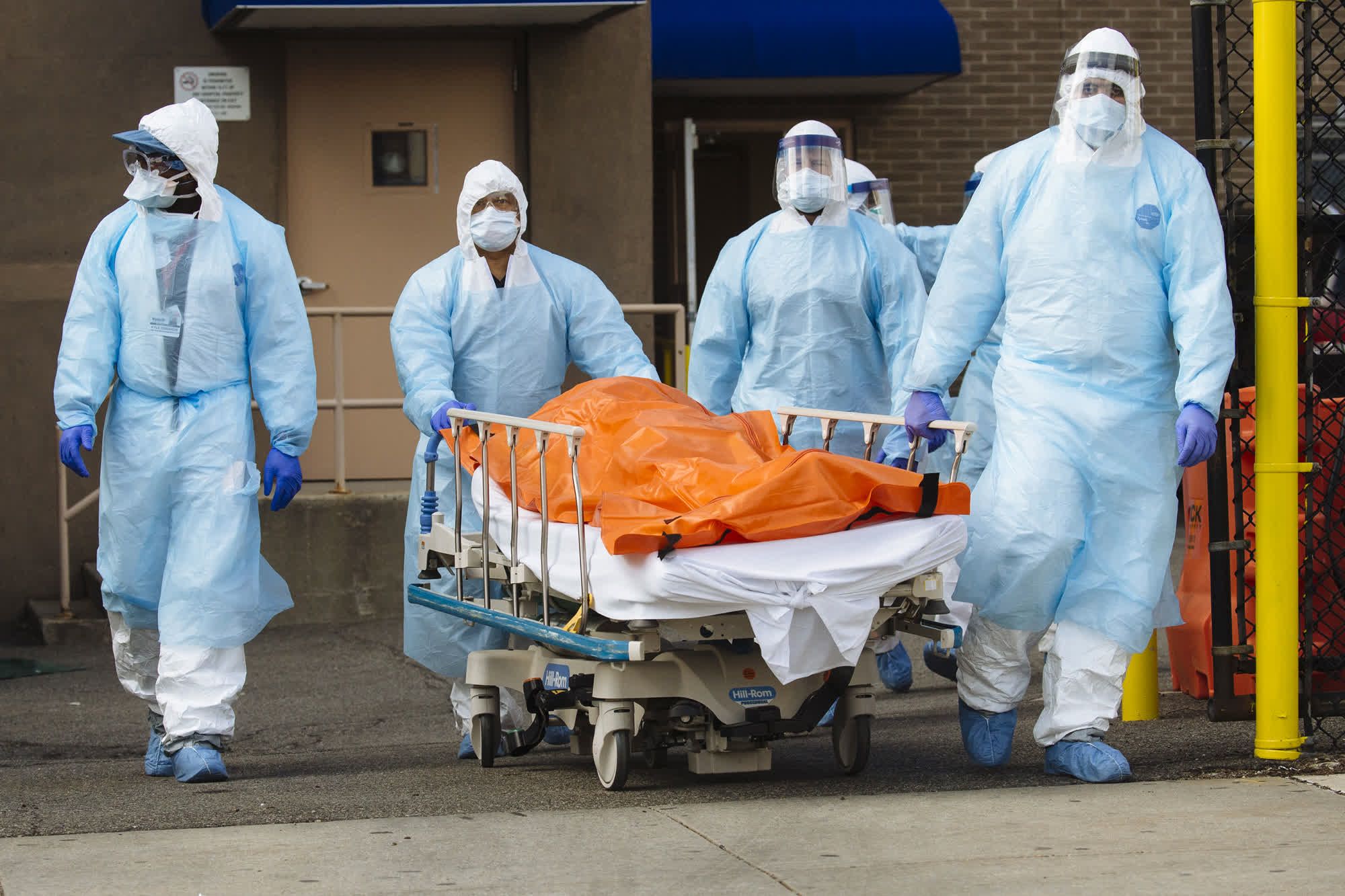
12. **Pandemic’s Legacy: The Rise of Ghost Plates**The phenomenon of “ghost plates” saw a significant and concerning proliferation during the COVID-19 pandemic, exacerbating an already existing problem for law enforcement and transportation authorities. While the illegal practice of forging or altering license plates has been present for years, officials noted a distinct surge in drivers actively masking their identities during this period of widespread disruption. Many individuals resorted to using counterfeit temporary paper plates, which often appeared to be legitimately issued by out-of-state dealerships, thereby making them exceedingly difficult for authorities to verify and track in real-time.
This widespread rise in untraceable vehicles provided a critical “cloak of anonymity” that, in some cases, was exploited to facilitate more serious violent crimes across the region. Concrete instances of ghost cars being used in connection with hit-and-runs, robberies, and even shootings were explicitly reported by authorities. The anonymity offered by these fake or obscured plates allowed individuals to evade detection for a range of infractions, posing a substantial risk to public safety and significantly complicating essential law enforcement efforts during an already challenging period.
NYC Police Commissioner Jessica S. Tisch directly addressed this escalating threat, unequivocally stating that “ghost cars aren’t just illegal – they are a public safety threat.” The pandemic-driven increase in their use underscored the urgent and ongoing need for the aggressive, multi-faceted enforcement strategies now being diligently deployed. These efforts aim to counteract the lasting legacy of anonymity that allowed these dangerous vehicles to operate unchecked on New York’s roads, restoring order and accountability.
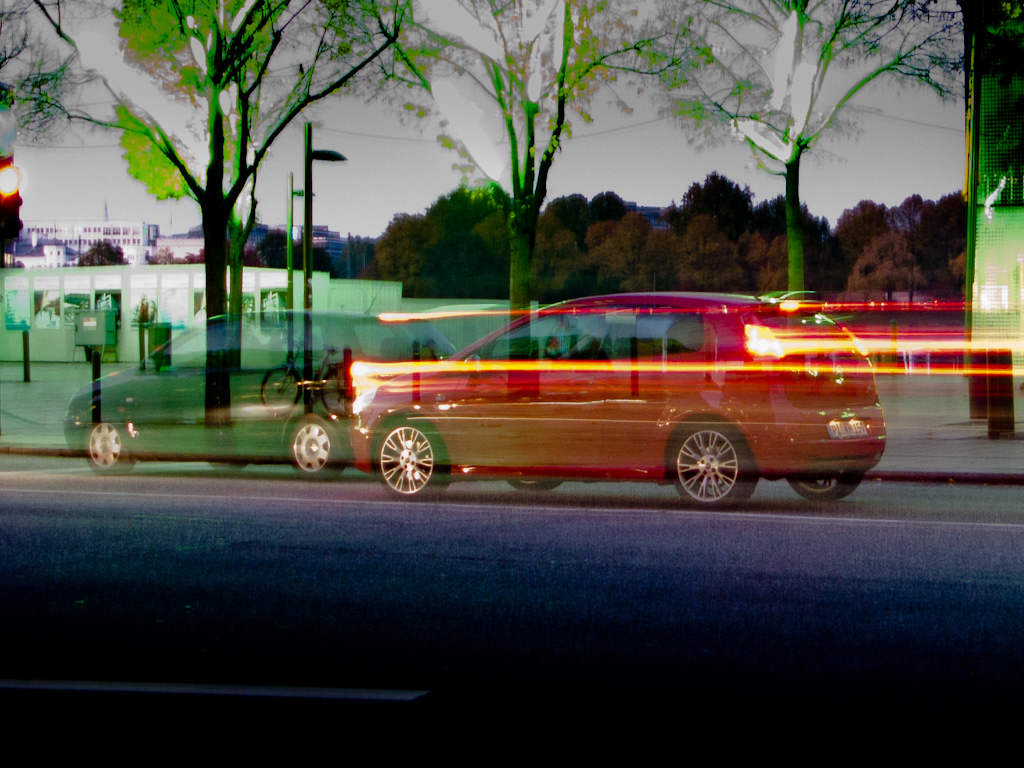
13. **Measuring Success: A 20% Drop in Unpaid Tolls**One of the most compelling and quantifiable indicators of the multi-agency task force’s success is the measurable reduction in unpaid tolls attributable to “ghost plates.” Since the initiative began its intensified operations, unbillable tolls from these illicit vehicles have dropped by a significant 20 percent. This substantial reduction demonstrates the tangible and positive impact of intensified enforcement actions, not only on critical revenue collection for public services but also on fostering greater driver accountability across New York’s extensive network of roadways.
Officials, including MTA Bridges and Tunnels President Catherine Sheridan, have consistently highlighted this statistic as clear and compelling evidence that the comprehensive enforcement strategy is yielding positive results. Sheridan explicitly stated, “When you see a 20% reduction in just over a year, I think that proves this enforcement is working.” This substantial decrease in financial losses not only helps recover much-needed revenue for the maintenance and improvement of public transportation infrastructure but also establishes a strong, visible deterrent against future attempts at toll evasion, sending a clear message to would-be violators.
Beyond the immediate financial recovery, the 20% drop in unpaid tolls signifies a broader, positive shift towards enhanced public safety and reduced criminal activity. By actively removing non-compliant vehicles from the roads and vigorously enforcing legal obligations, the task force simultaneously addresses both the substantial financial evasion and the spectrum of criminal activities often associated with the anonymity provided by ghost cars. This dual success underscores the comprehensive and far-reaching benefits derived from the ongoing, aggressive crackdown on fraudulent plates.
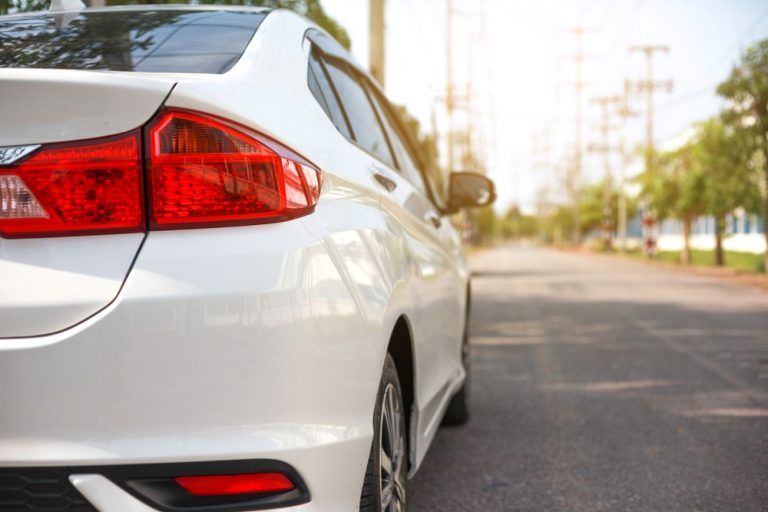
14. **Motorist Guidance: Avoiding Scams and Ensuring Compliance**To proactively assist motorists in navigating legitimate toll payments and, crucially, to help them avoid increasingly prevalent scams, authorities have issued clear and actionable guidelines. A critical advisory strongly emphasizes that official toll operating agencies will never send text messages containing direct links for toll payments. This vital caution is designed to protect the public from sophisticated fraudulent schemes that often impersonate official communications to illicitly obtain sensitive personal and financial information from unsuspecting drivers.
For legitimate toll payments, the process remains designed for straightforward and secure accessibility. While a significant majority of motorists—over 90 percent—are conveniently enrolled in E-ZPass, those who receive a Tolls by Mail bill are provided with several secure and verified payment options. These include making payments online, via mail as explicitly instructed on the bill itself, through the official Tolls NY app, or by directly calling the dedicated customer service number at 1-844-826-8400. Adhering strictly to these official channels is paramount for ensuring compliance and maintaining financial security.
The MTA also strongly emphasizes that consistent adherence to traffic laws, such as promptly paying bills on time and utilizing E-ZPass, is essential for avoiding costly violation fees and potential vehicle suspensions. It is unequivocally illegal to use any covering that conceals or distorts a license plate image, a direct measure targeting the core practices of ghost car operation. To further encourage widespread payment and ensure equitable enforcement, MTA Bridges and Tunnels has strategically reduced fees assessed for toll violations on its major crossings, providing a tangible incentive for compliance while simultaneously upholding strict accountability for all road users.
The concerted efforts of New York’s multi-agency task force represent a steadfast commitment to enhancing public safety and accountability on its roads. Through continuous, robust enforcement, the strategic deployment of innovative technology, and a unified legal front, the city and state are actively working to dismantle the pervasive threat posed by “ghost cars.” This ongoing vigilance ensures that the vital integrity of New York’s transportation network is preserved for all, fostering a safer, more orderly, and more equitable environment for commuters and residents alike, underscoring the success of this comprehensive approach.




